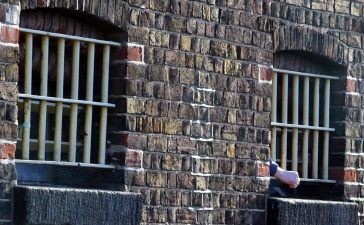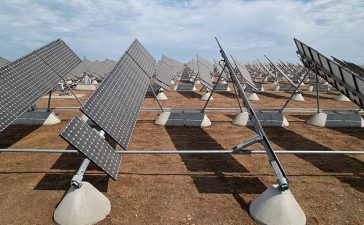Earlier this week, as one unidentified object after another was spotted over North America, US officials refused to rule out the possibility that they could be alien spacecraft.
It was later confirmed they weren’t – and hopefully if potential life from another planet ever is spotted in our atmosphere we won’t immediately shoot it down – but the incident threw the age-old question of ‘is anybody out there?’ back into focus.
Of course, there is life in space already.
At this very moment, seven humans are on board the International Space Station, orbiting the Earth every 90 minutes at around 17,500 miles per hour – or five miles per second.
Living and working together 24/7, the team – from the US, Russia, Kazakhstan and Japan – are conducting a range of scientific experiments and carrying out maintenance on the station, including upgrades to the bathroom. The results might not be Insta-worthy, but it’s something you definitely don’t want breaking down in microgravity when you’re 260 miles above the nearest B&Q.
Experiments include how blood pressure and the cardiovascular system are affected by weightlessness, how the digestive system behaves after eating a meal in microgravity and the effects of growing plants in space – both in terms of benefits for yields back on Earth, and to help cultivate crops on the Moon and Mars.
And that’s just inside the ISS. Earlier this month Nicole Mann and Koichi Wakata completed their second spacewalk, spending six hours and 41 minutes building additions and improvements to the station’s solar power capabilities. It was the 259th space walk in the station’s history.
The pair, alongside crewmates Frank Rubio, Josh Cassada, Sergey Prokopyev, Dmitri Petelin and Anna Kikina, have been documenting their mission, recording life in space for those of us back on Earth – including how to water plants and wash your hair in microgravity.
Snapshot
Welcome to Snapshot, Metro.co.uk’s new picture-led series bringing you the most powerful images and stories of the moment.
If you have a photo collection you would like to share, get in touch by emailing Claie.Wilson@metro.co.uk
MORE : Thrilling but deadly: the Swedish children learning survival skills in ice cold lakes
MORE : A look back at the 747 golden era as the aviation world says goodbye ‘Queen of the Skies’
MORE : The real life Schitt’s Creek being turned into a circus town



























